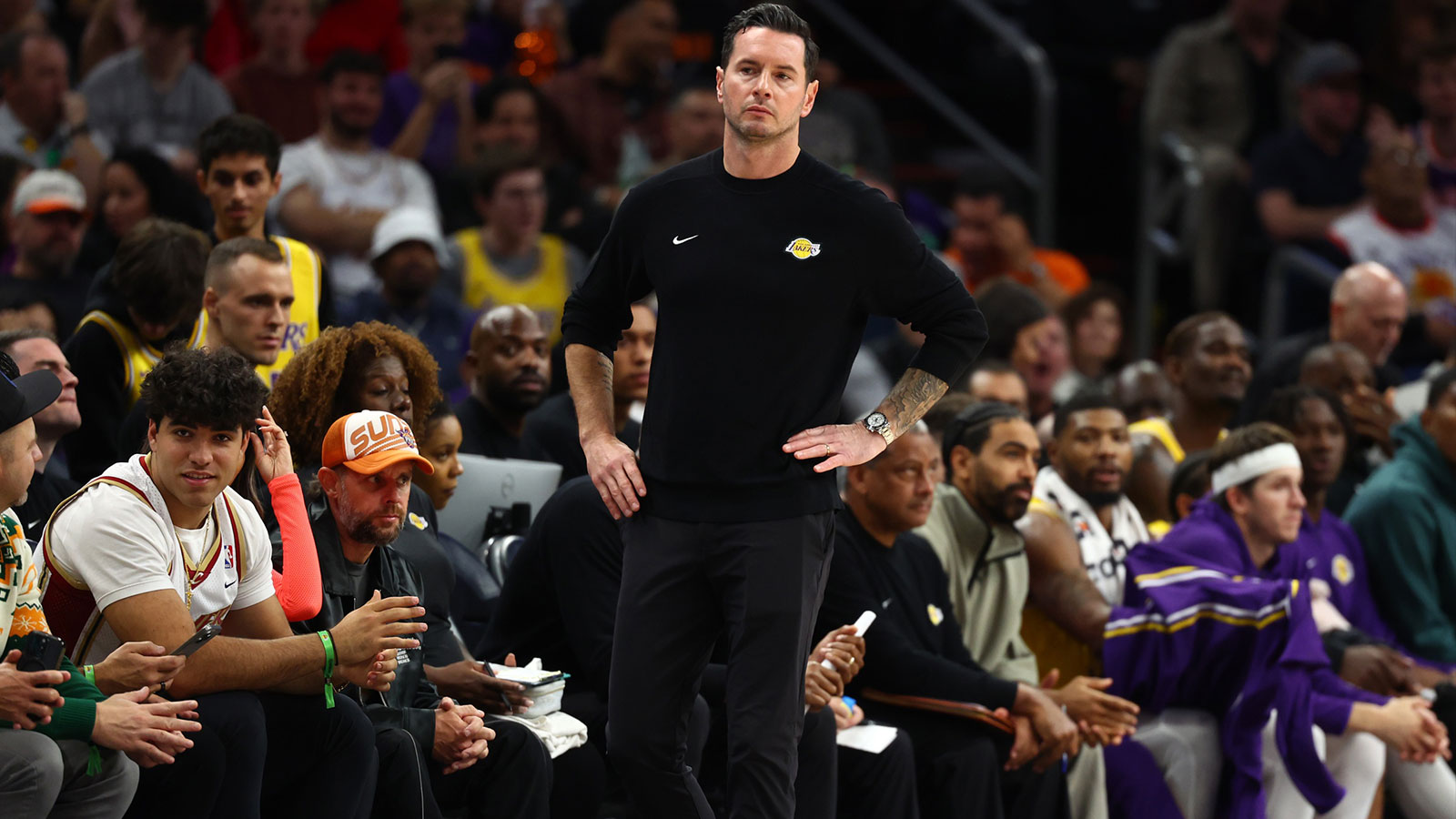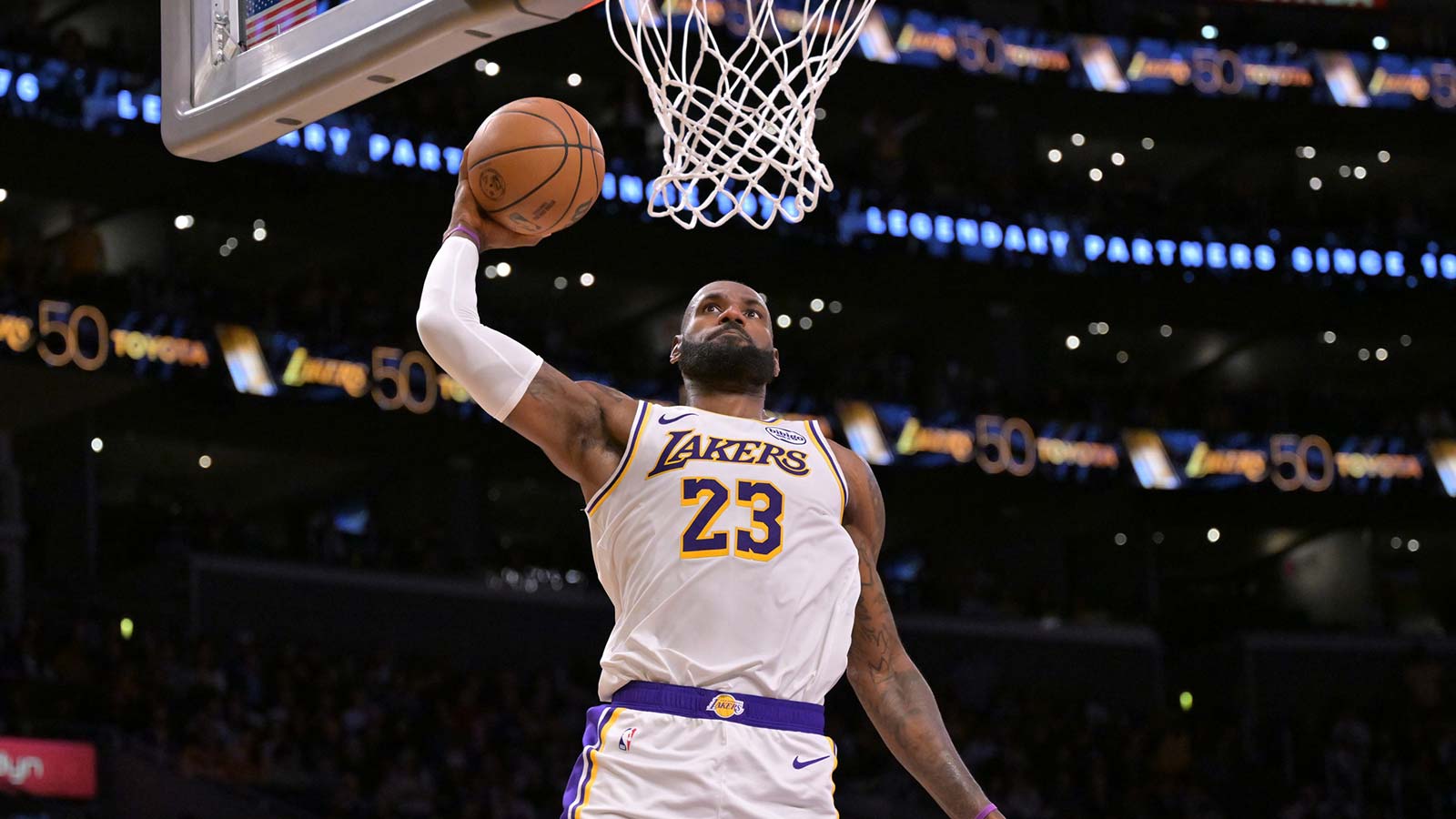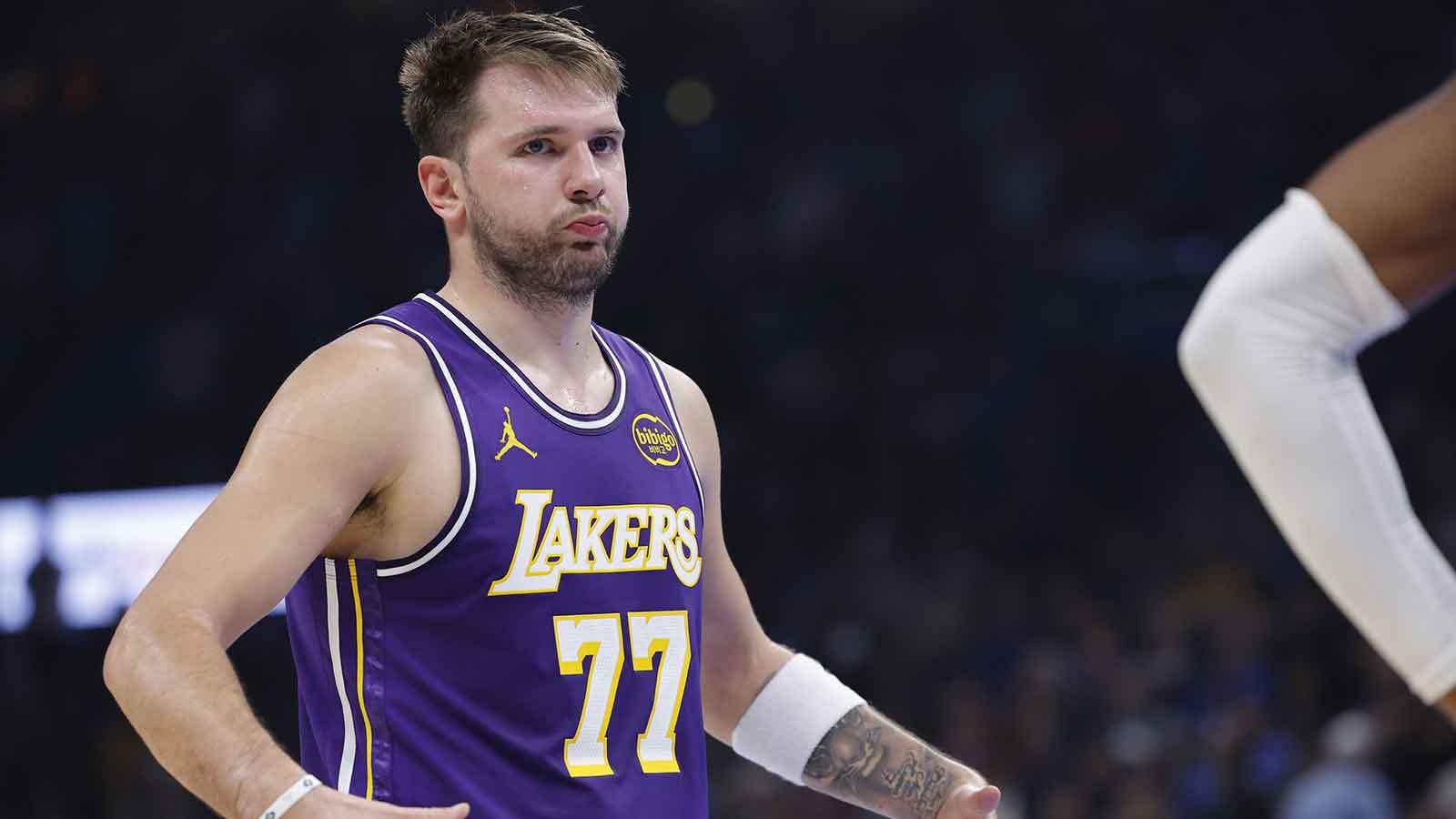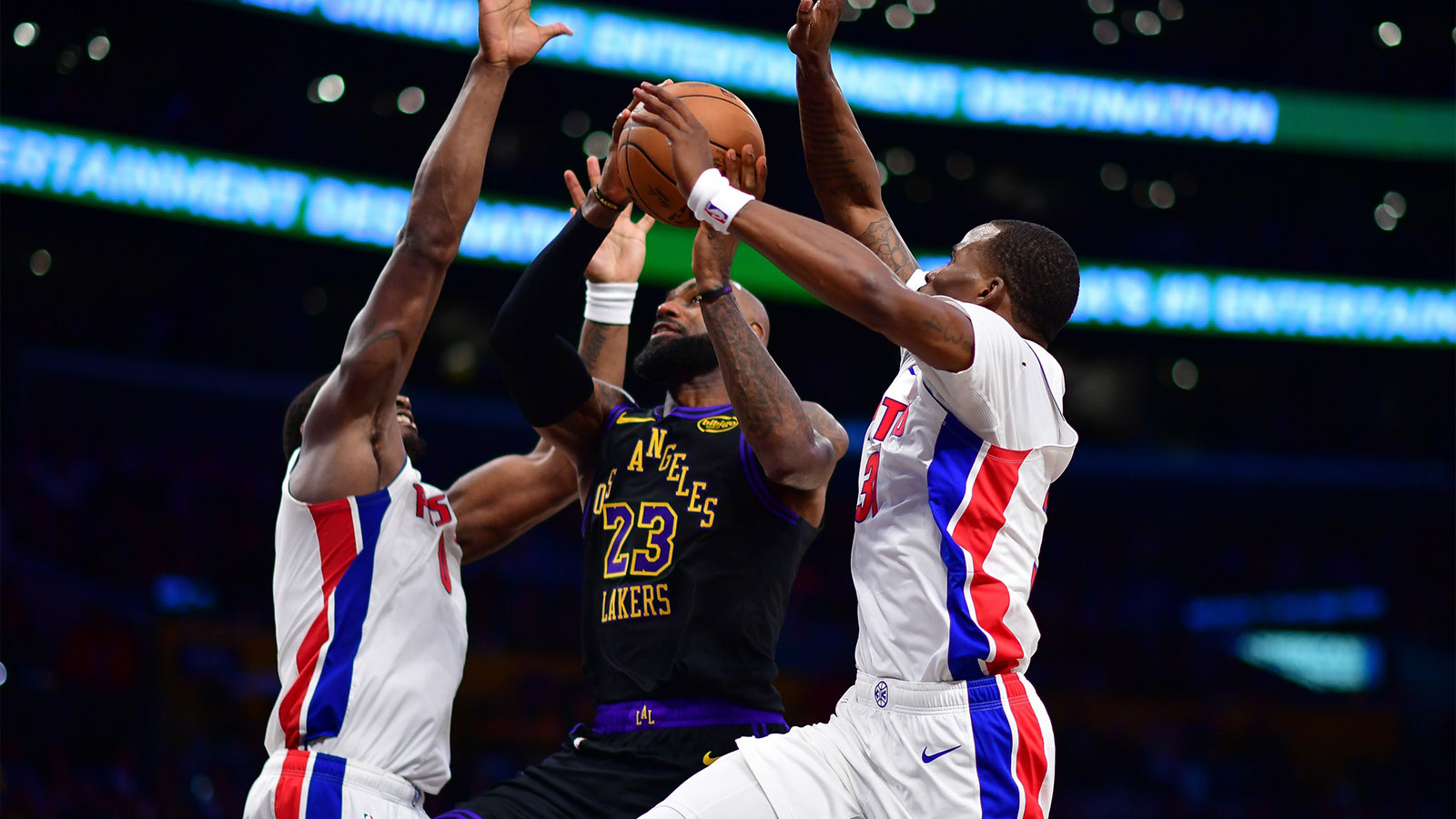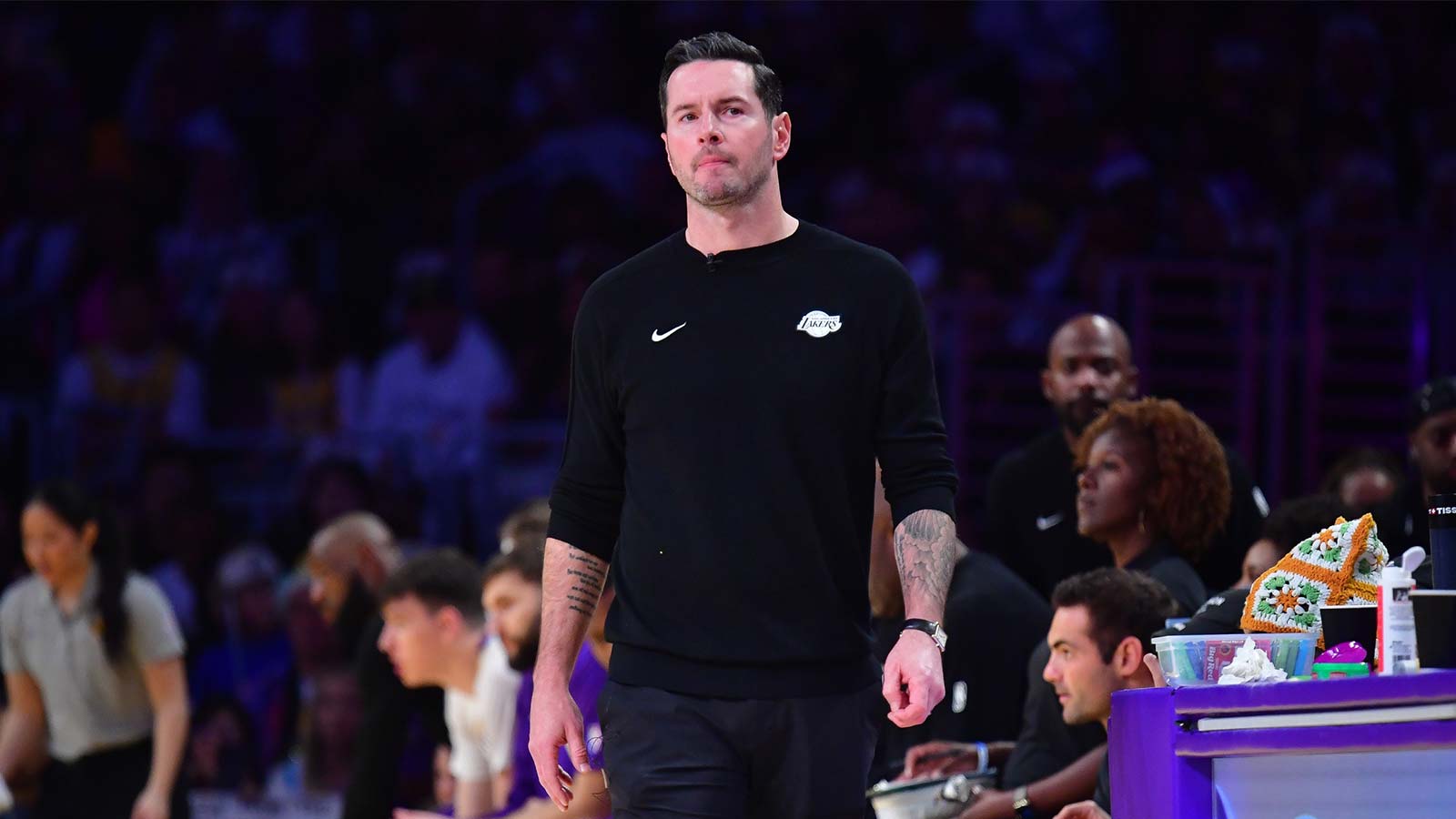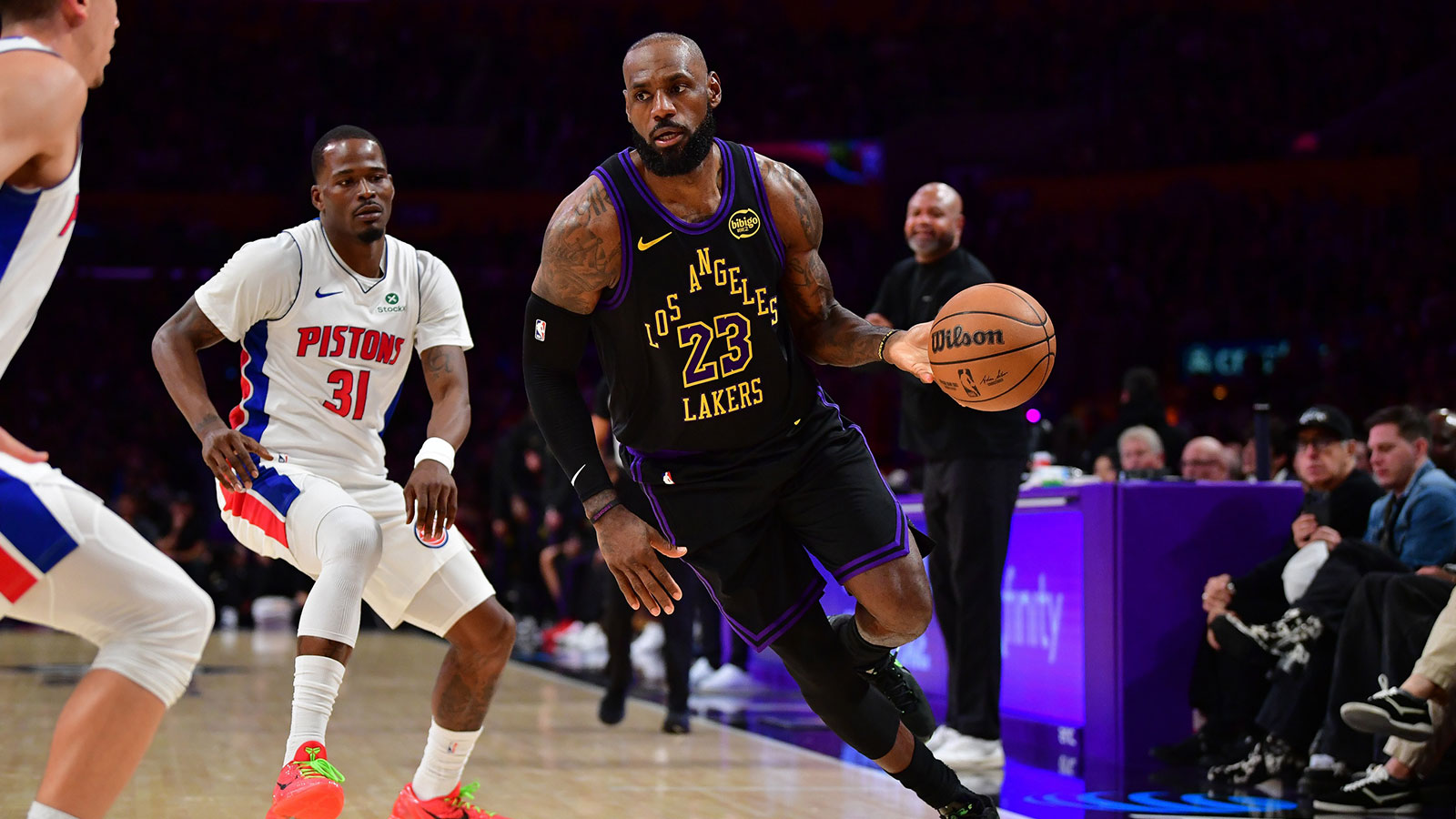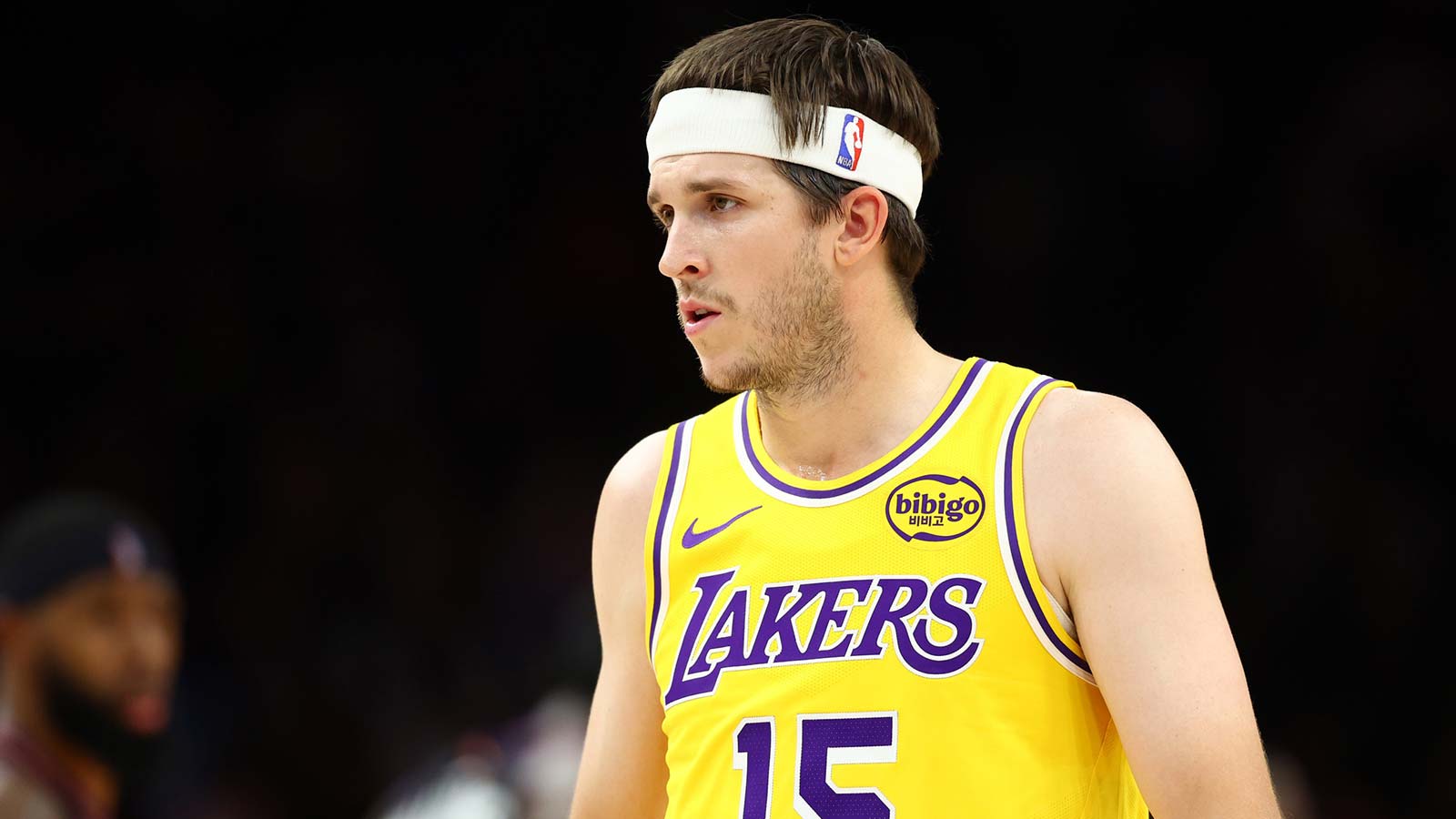All things considered, the Los Angeles Lakers had a very successful offseason. Yes, Dorian Finney-Smith left for the Houston Rockets, but he was promptly replaced by Deandre Ayton and Jake LaRavia. LeBron James may have sent a couple of subtweets, but he’s considered likely to remain a Laker for opening night and beyond. Most importantly, Luka Doncic is expected to sign a max extension as soon as Saturday, the earliest opportunity to do so.
The Lakers were also able to add a desperately needed perimeter defender in Marcus Smart and even added some youth and elite athleticism in Adou Thiero despite entering draft night(s) with only the No. 55 pick. Rob Pelinka was able to pull all this off without committing to long-term money or moving the Lakers’ 2031 or ’32 first-round pick.
A couple of questions remain: How did they get here, and where do they go from here?
Let’s start with the former.
What A Summer
As has become the norm in recent years, the Lakers went into the draft looking to turn their spendable cash into a better draft position. First, they sent cash and the 55th pick to the Chicago Bulls for their second-rounder. Then, they sent that pick and the cash they had left over to the Minnesota Timberwolves for the pick that eventually became Thiero, who is widely considered the best athlete in the draft class.
Heading into the summer, sources close to the Lakers say they would have preferred to keep Finney-Smith. He was incredibly impactful on and off the court and is obviously very close to Doncic. Team sources say he was always inclined to head back to Texas in one way or another, though league sources say the way the Lakers handled those negotiations played a part in his departure. The actual story likely involves a little bit of both sides of that story.
When it became clear Finney-Smith would not be returning and the Lakers would have access to their full non-taxpayer midlevel exception, the Lakers scoured the market for the starting center they desperately needed. Fortunately for them, word had already spread through the league that Ayton was going to be bought out by the Portland Trail Blazers. He immediately became their top priority.
Also fortunate for the Lakers: Ayton shares an agent with Doncic. Doncic was able to sell Ayton on catching lobs and benefitting from defenses focused on him and James. League sources say Ayton’s decision was made quickly and, thus, the Lakers landed their starting center.
It’s widely considered around league circles a favor to Bill Duffy, Doncic and Ayton’s agent that Jaxson Hayes returned to the Lakers. League sources say he didn’t exactly have a booming market, having not played in the playoffs hardly at all and the video of an alleged domestic violence incident from 2021. Still, the Lakers believe Hayes will fit better as Ayton’s backup, given the way he performed right after Doncic arrived in L.A.
Had the Lakers been able to keep Finney-Smith, sources say their top center target was Brook Lopez, though all they could’ve offered was their taxpayer midlevel exception. He wanted more than that, though, as this was likely his final opportunity to make much more than the veteran’s minimum contract. So, his camp floated an agreement was close so as to convince other teams to bid a little higher.
While initial reports say Lopez was concerned about James’ Lakers future, sources say he was always going to the highest bidder. That wound up being the Los Angeles Clippers.
Upon agreeing to terms with Ayton, the Lakers had some extra room in their midlevel exception. As they have a solid relationship with Aaron Reilly, Austin Reaves’ agent, they were able to quickly use that leftover money on fellow AMR client, LaRavia, a sharp-shooting wing they believe will grow as Reaves has in their organization.
With their midlevel exception now fully spent, the Lakers only had their bi-annual exception to offer to potential free agents, and even then, there was still work to do to be able to offer it. So, Pelinka got to work trying to find a consolidation trade involving one of their expiring contracts, Shake Milton’s non-guaranteed deal and, if need be, Dalton Knecht.
By that time, the rest of the league knew what they were trying to do and used that leverage to try to squeeze out an extra asset. Pelinka was unwilling to do so and accepted he would not only have to waive Milton, but also Jordan Goodwin, who the Lakers truly liked last season. This was a blow, sources say.
The reason the rest of the league knew what the Lakers were up to was the poorly kept secret that the Washington Wizards were going to buy out Smart, as they had to trim their roster down from 19 to, at most, 15 before the beginning of next season and didn't like the offers teams had made for him. The Lakers had been closely monitoring that situation and pounced quickly once it became clear Smart was about to become a free agent.
Once again, Doncic played a key role in landing Smart. Sources say the two spoke about their years of competing against each other and relish this opportunity to team up. As Doncic has clearly embraced a commitment to greater conditioning, Smart is said to have done the same.
Now What for the Lakers?
Sources indicate that, in all likelihood, this is probably the roster that will open the 2025-26 season. While the Lakers would perhaps prefer to open another roster spot for another free agent or give themselves a little more room under their hard cap than they currently have (around $1.1M), the price to do so or the types of players still available are in a place that doesn’t interest the Lakers at present.
As the calendar turns from July to August, teams around the league are waiting to see how things play out with restricted free agents Jonathan Kuminga, Josh Giddey, Cam Thomas and Quentin Grimes. Kuminga especially is holding up the remaining free agent market because the terms of the contracts Al Horford and De’Anthony Melton are likely to sign in Golden State will be based on Kuminga’s contract.
It’s also expected in league circles that Gary Payton II will wind up back in Golden State as well.
This does leave a few interesting free agents still, not even including eventual buyout candidates like Chicago’s Nikola Vucevic. As they did with Smart, the Lakers are closely monitoring that situation.
One name who has popped up plenty recently is Portland’s Robert Williams III, but league sources say he may already be banged up. Given his injury history and those whispers, the Lakers are weary of trading for him.
Other factors that have limited the trade market are the flattened lottery and playoff odds. There are simply fewer sellers right now than before the NBA implemented its play-in tournament. Owners of mediocre teams see an opportunity for play-in or playoff revenue and are reluctant to trade away win-now pieces before they find out definitively their teams will not be vying for such opportunities.
On the other end of the spectrum, enough teams have seen tanking years go to waste to not want to commit as fully to the tank as they have in years past.
So, with prices still higher than the Lakers would like to pay, Pelinka will once again head into the season with some jangle in his pocket (a few expiring contracts, that first-round pick, a ’32 second) to hopefully turn into an upgrade closer to the deadline.
What About LeBron James
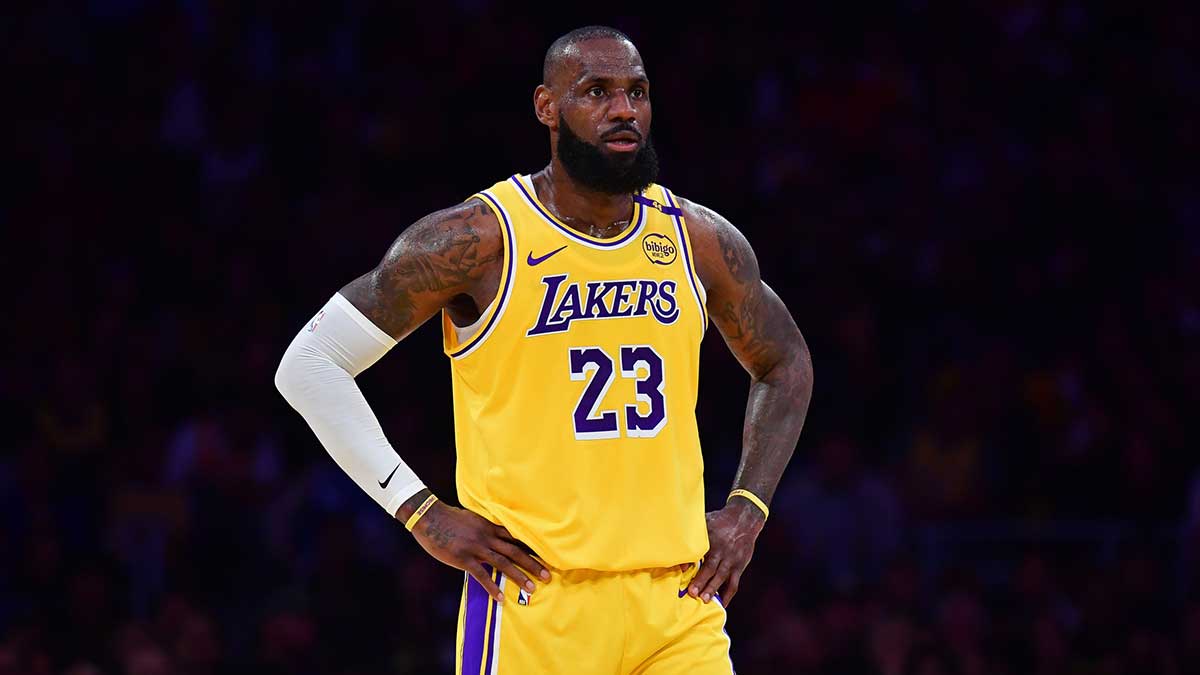
After a solid month of speculation about his future, it’s expected that James will be in the Lakers’ starting lineup on opening night. Sources close to the team say he never asked for a trade or a buyout, though James did push for more win-now type moves heading into the summer, as is to be expected at this stage of his career.
League sources say the crux of the issue between James and the Lakers this summer wasn’t that he wasn’t consulted on moves made, but that the Lakers didn’t have another 1+1 max deal with a no-trade clause waiting for him when he opted out. One side will say that the contract was never requested. The other will say it was never offered. But the end result is the same: The Lakers are heading into a LeBron James Contract Year.
James and his camp have remained very tight-lipped as it pertains to their thoughts on this offseason or this roster heading into next season. No player acquired this summer mentioned any kind of welcoming text, call or tweet from James, though he was in Vegas for a few of the Lakers’ games there.
All the drama aside, sources close to the situation did mention fairly early in the summer that James and Doncic had been in touch about playing together next season and further maximizing that opportunity than they did last year. What that looks like is going to be fascinating to watch and will likely decide what kind of season the Lakers have.








